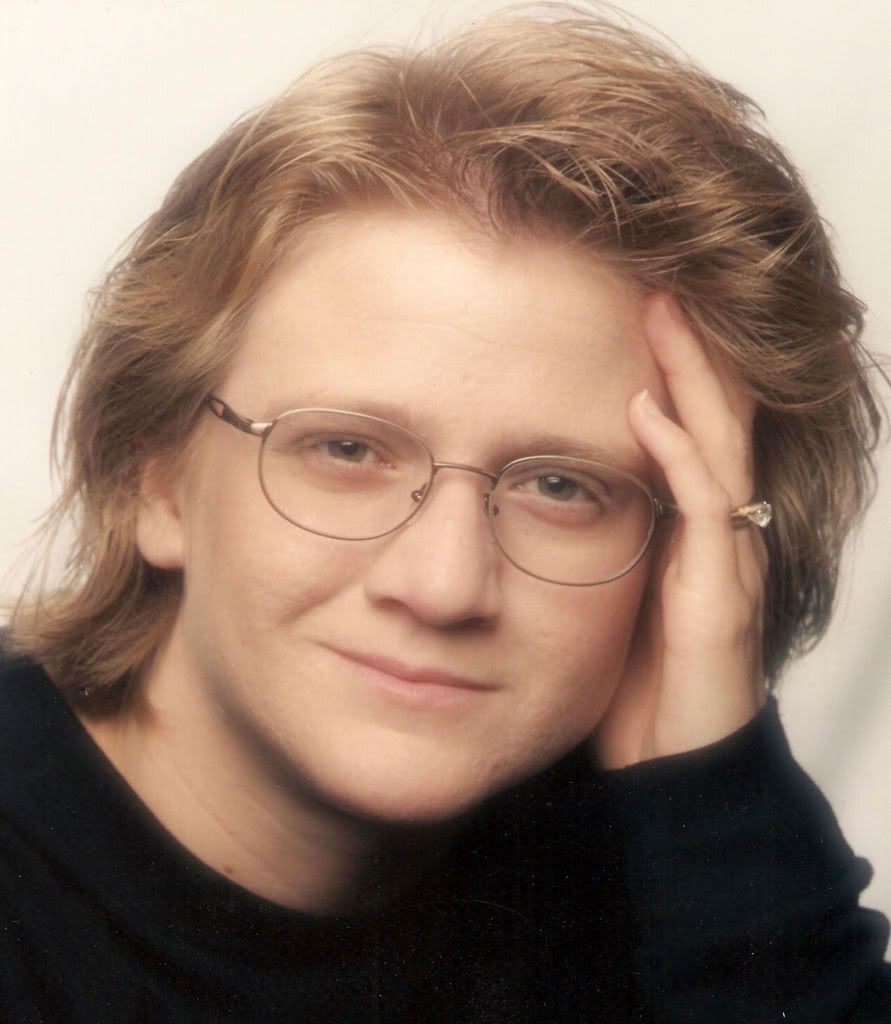(I grabbed this from The World in Grey's blog. 'Tis the season for encouragement. Ho, ho, ho.)
The Good Earth by Pearl S. Buck was returned fourteen times, but it went on to win a Pulitzer Prize.
Norman Mailer's The Naked and the Dead was rejected twelve times.
Patrick Dennis said of his autobiographical novel Auntie Mame, "It circulated for five years through the halls of fifteen publishers and finally ended up with Vanguard Press, which, as you can see, is rather deep into the alphabet." This illustrates why using the alphabet may be a logical but ineffective way to find the best agent or editor.
Twenty publishers felt that Richard Bach's Jonathan Livingston Seagull was for the birds.
The first title of Catch-22 was Catch-18, but Simon and Schuster planned to publish it during the same season that Doubleday was bringing out Mila 18 by Leon Uris. When Doubleday complained, Joseph Heller changed the title. Why 22? Because Simon and Schuster was the 22nd publisher to read it. Catch-22 has become part of the language and has sold more than 10 million copies.
Mary Higgins Clark was rejected forty times before selling her first story. One editor wrote: "Your story is light, slight, and trite." More than 30 million copies of her books are now in print.
Before he wrote Roots, Alex Haley had received 200 rejections.
Robert Persig's classic, Zen and the Art of Motorcycle Maintenance, couldn't get started at 121 houses.
John Grisham's first novel, A Time to Kill, was declined by fifteen publishers and some thirty agents. His novels have more than 60 million copies in print.
Thirty-three publishers couldn't digest Chicken Soup for the Soul, compiled by Jack Canfield and Mark Victor Hansen, before it became a huge best-seller and spawned a series.
The Baltimore Sun hailed Naked in Deccan as "a classic" after it had been rejected over seven years by 375 publishers.
Dr. Seuss's first book was rejected twenty-four times. The sales of his children's books have soared to 100 million.
Louis L'Amour received 200 rejections before he sold his first novel. During the last forty years, Bantam has shipped nearly 200 million of his 112 books, making him their biggest selling author.
If you visit the House of Happy Walls, Jack London's beautiful estate in Sonoma County, north San Francisco, you will see some of the 600 rejection slips that London received before selling his first story.
British writer John Creasy received 774 rejections before selling his first story. He went on to write 564 books, using fourteen names.
Eight years after his novel Steps won the National Book Award, Jerzy Kosinski permitted a writer to change his name and the title and send a manuscript of the novel to thirteen agents and fourteen publishers to test the plight of new writers. They all rejected it, including Random House, which had published it.
Subscribe to:
Post Comments (Atom)




No comments:
Post a Comment